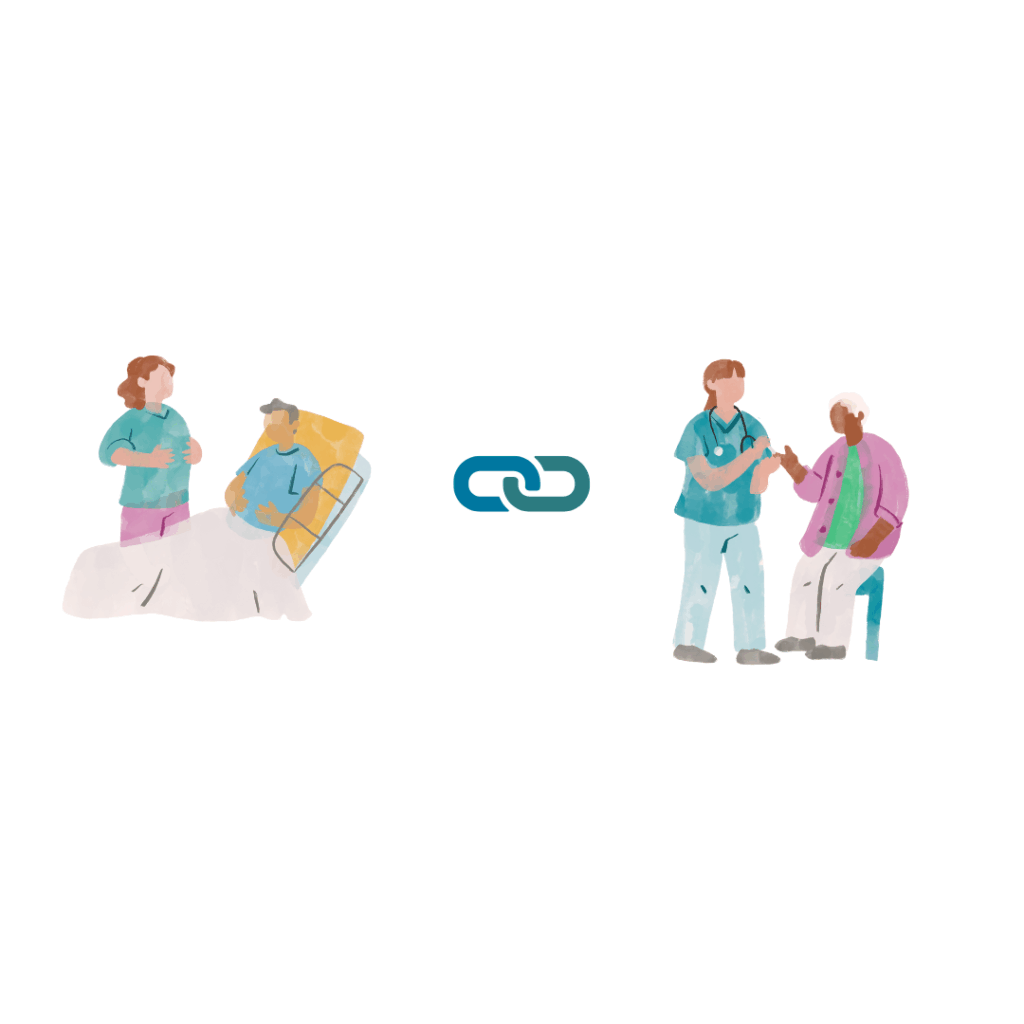For most people, a wound seems like something that should heal with time.
But for many of our patients, time is the one thing that hasn’t helped.
Behind every chronic wound is often a much more complex picture. Diabetes, vascular disease, kidney disease, and lymphedema are common among the patients we serve.
These conditions quietly slow healing, weaken circulation, and strain the immune system. The result is not just a wound that refuses to close. It is a person whose life has been put on hold.
At Restore First Health, we see these stories every day. And we know that healing a wound means looking far beyond the wound itself.
Why Chronic Wounds and Co-Morbidities Are So Connected
The skin is often the body’s first messenger that something deeper is out of balance.
Poor circulation from vascular disease, fluid retention from heart failure, or nerve damage from diabetes can all interfere with the body’s ability to repair itself.
For many patients, these conditions overlap. They create a cycle of swelling, infection, and delayed healing that can lead to hospitalization or even limb loss if left unmanaged.
When these factors are treated separately, patients are left moving between appointments, referrals, and disconnected care plans. We built our model to change that.
A Whole-Person Approach to Healing

Restore First Health provides advanced mobile wound care that treats both the wound and the underlying conditions that make healing difficult.
Our nurse practitioners and clinicians bring hospital-grade tools directly to the bedside. We perform vascular testing, diabetic A1C checks, lymphedema assessments, and bedside debridement, all from the patient’s home.
What makes the biggest difference is not just the technology. It is the coordination.
Every patient we see has a care team that often includes home health, a primary care physician, specialists, and family caregivers. Our coordinators keep everyone connected and informed. When every member of the care team shares the same plan, healing happens faster and is more sustainable.
How We Support Healing at Home
1. Understanding the full picture
first visit is never just a wound check. We evaluate nutrition, mobility, swelling, circulation, and blood sugar because each one plays a role in the body’s ability to heal.
2. Coordinating every layer of care
We communicate with home health teams, specialists, and families so that no one is left wondering what comes next. Every update, every order, and every note is shared back to the providers who need it.
3. Treating the whole person
We bring the expertise of an advanced wound center directly into the home. This allows us to manage acute needs, address lymphedema, and ensure long-term prevention once the wound closes.
Everything comes back to our 3 C’s — Care Coordination, Communication, and Collaboration. Watch how we do it:
Healing Means Restoring Life
When the right care comes together, advanced treatment, thoughtful coordination, and genuine human connection, the results go far beyond a closed wound.
Our patients regain movement. They rest better. They rejoin their families at the table.
One quick note on The Role of Nutrition in Healing
Good nutrition is one of the most powerful—and often overlooked—tools in wound healing. When the body is under stress from chronic disease or injury, its demand for energy, protein, vitamins, and minerals skyrockets. Without enough high-quality protein, the body can’t build new tissue. Without nutrients like vitamin C, zinc, and iron, collagen production and immune response slow down. At Restore First Health, we assess each patient’s nutritional status because healing starts from the inside out. Supporting balanced blood sugar, hydration, and nutrient-dense meals gives the body the raw materials it needs to repair tissue, fight infection, and restore energy by turning nutrition into a cornerstone of true recovery.
That is the heart of what we do: bringing advanced care to the people and places that need it most and helping every patient move from coping to healing.
Check out more blogs on nutrition here
References
- Diabetic Foot Ulcers and Their Recurrence by David G. Armstrong, Andrew J. M. Boulton & Sicco A. Bus. New England Journal of Medicine, 2017;376(24):2367-2375. Podimetrics+1
- Centers for Disease Control and Prevention (CDC). About Chronic Diseases. Oct 4, 2024. CDC+1
